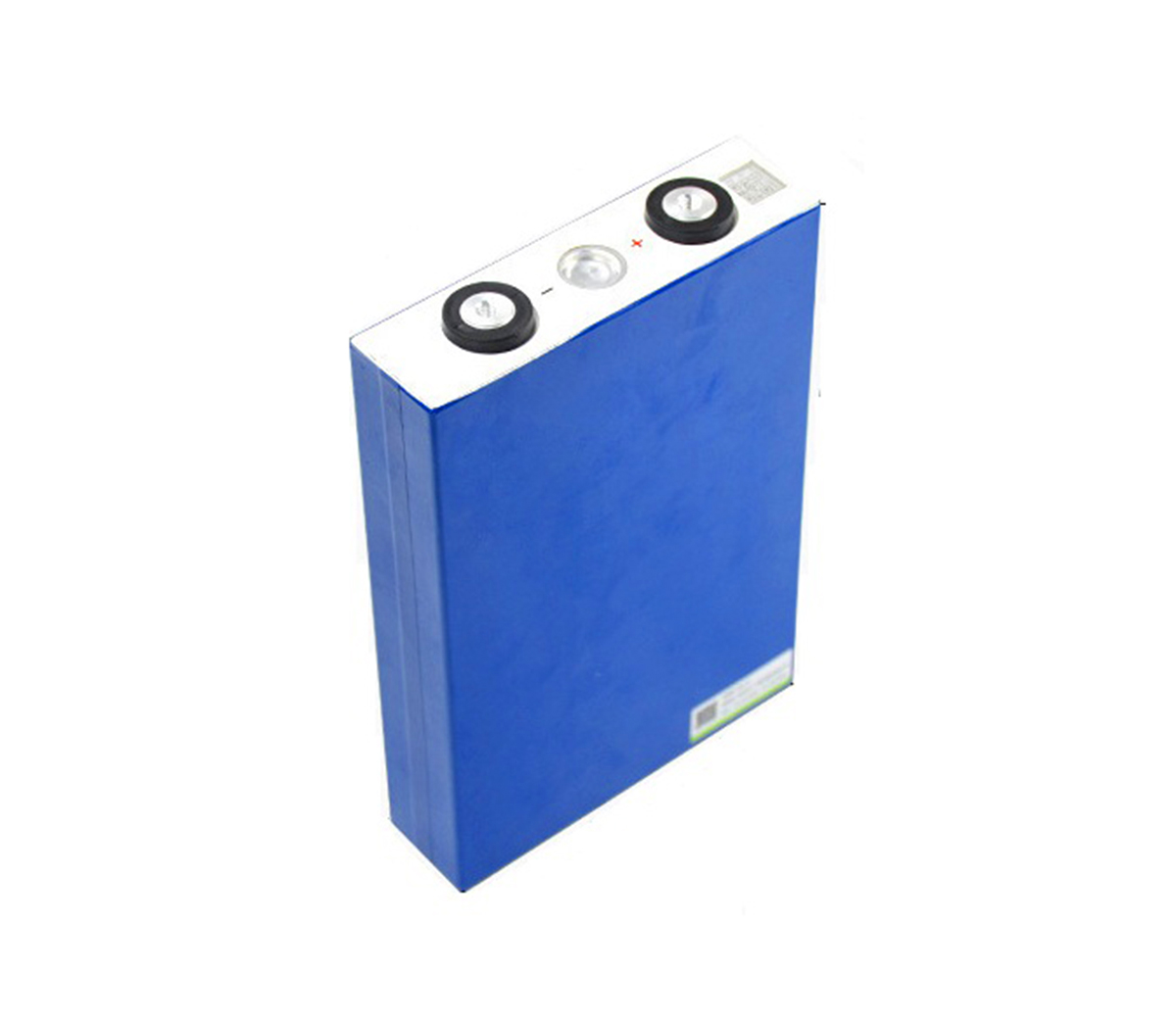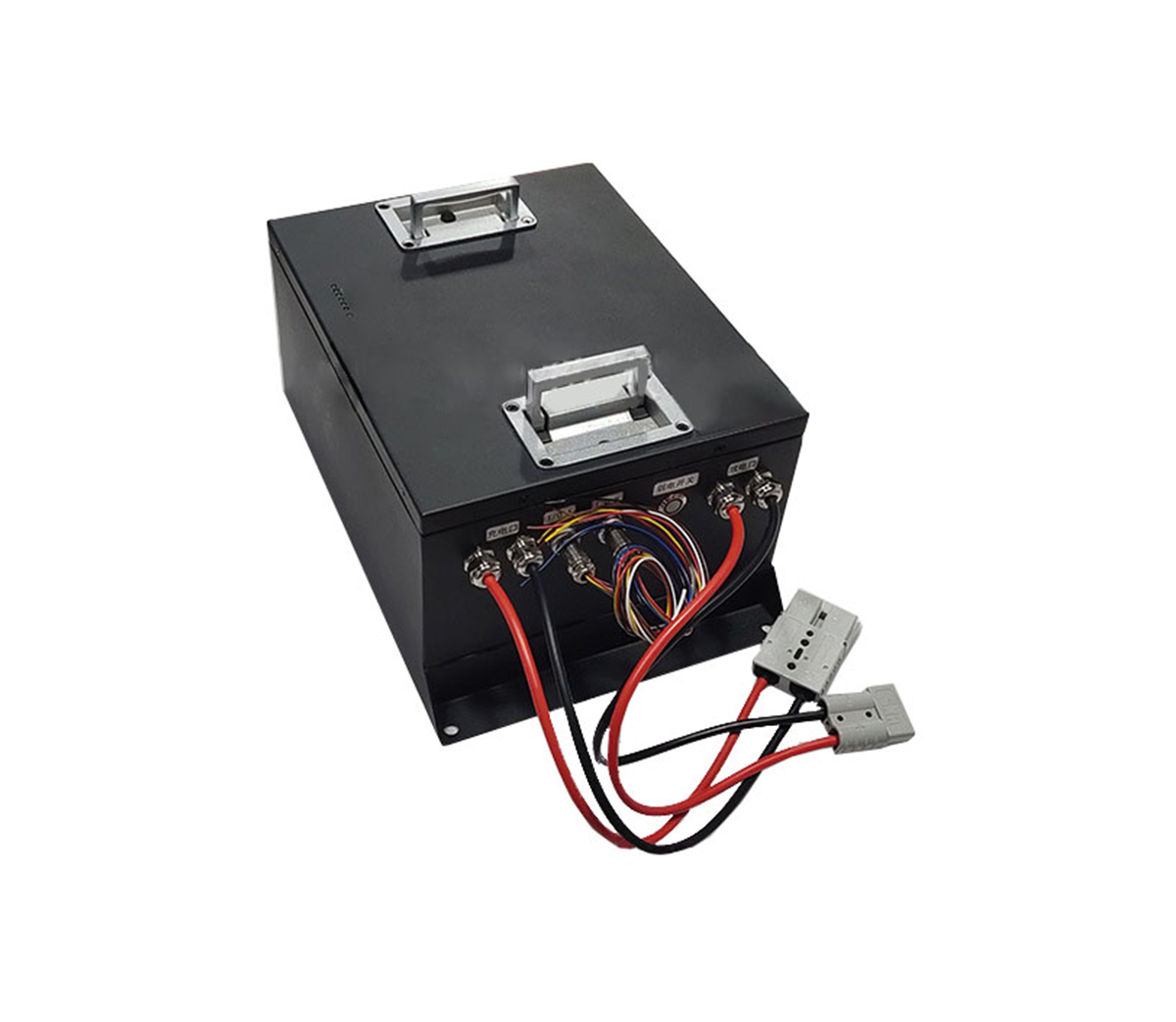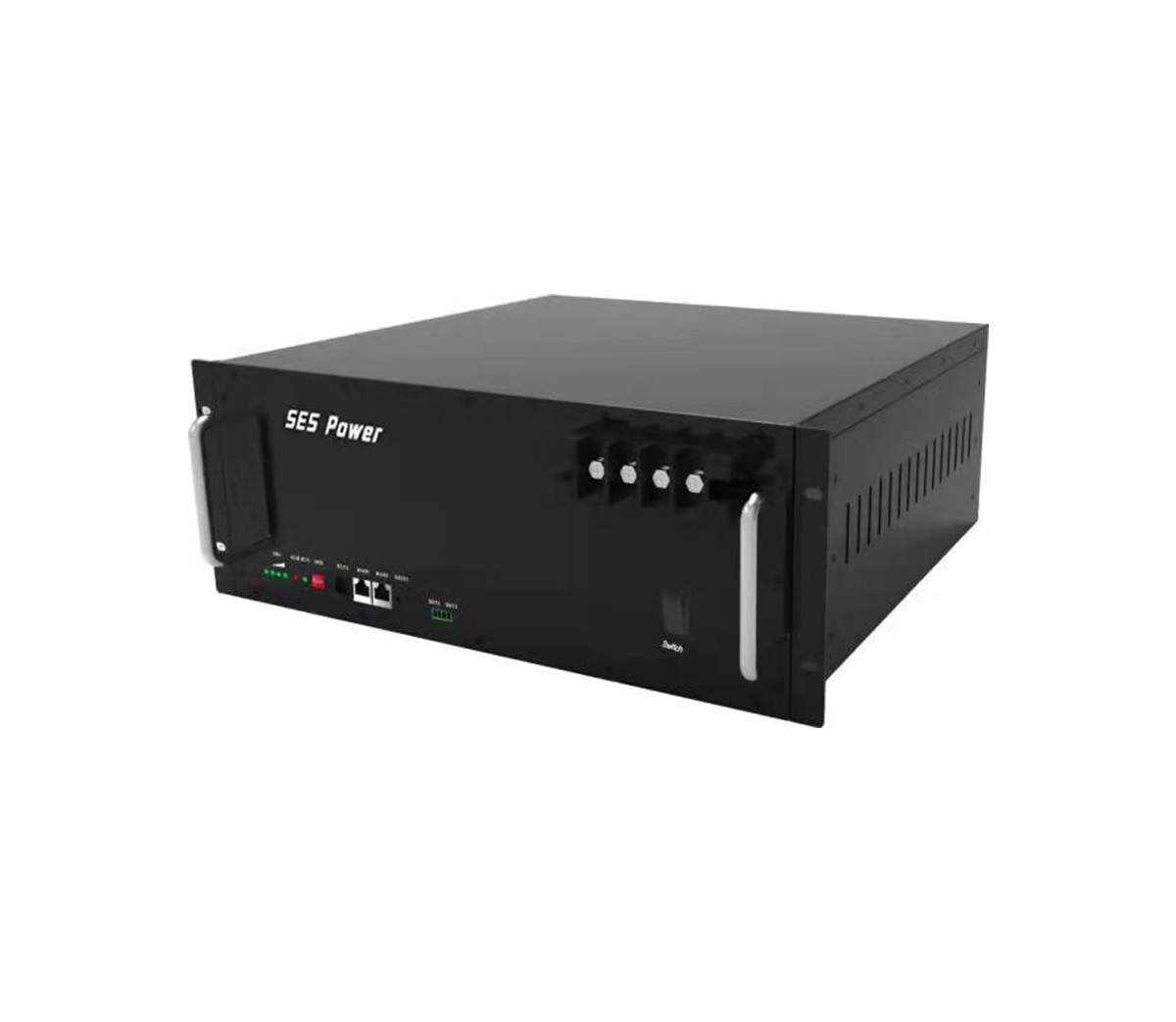American scientists use self-healing technology to create more "longevity" lithium-ion batteries
Nancy Sottos, professor of materials science and engineering at the University of Illinois, and Scott White, professor of aerospace engineering, led a research team to develop silicon nanoparticle composites that can be used in battery anodes, which are expected to be used to build more reliable and long-lasting batteries.
University of Illinois (University of Illinois; UI) researchers have discovered a way to apply self-healing technology to lithium-ion batteries, which is expected to create reliable and longer-lasting batteries.
Researchers have developed a new battery that uses silicon nanoparticle composites on the negative side of the battery and combines the composites in a novel way-this is an inherent problem of silicon-containing batteries.
Nancy Sottos, professor of materials science and engineering at the University of Illinois, and Scott White, professor of aeronautical engineering, led a research team to conduct this research and published related research reports in the journal Advanced Energy Materials.
Nancy Sottos, professor of materials science and engineering at the University of Illinois, and Scott White, professor of aerospace engineering, led a research team to develop silicon nanoparticle composite materials that can be used in battery anodes, which are expected to be used to build more reliable and long-lasting batteries.
"For the study of self-healing materials, this research work is quite new because it can be applied to materials that store energy," White said. "This is a completely different type of goal. In addition to restoring structural properties, it also has The ability to heal and store energy."
Inside lithium-ion batteries used to power portable devices or electric vehicles, negatively charged electrodes or anodes are usually made of graphite particle composite materials. These batteries work well, but they take a long time to power up, and as time progresses, the charging duration will not be the same as when a new battery is used.
Sottos said: "Silicon has a very high capacity, and such a high capacity allows you to get more energy from the battery, but due to the battery cycle and its self-pulverization, it will also go through a lot of expansion."
Past studies have found that battery anodes made of nano-sized silicon particles are unlikely to decompose, but have other problems.
White said: "The battery continues to charge and discharge, after one, two, and three times to the final capacity loss. This is because the silicon particles begin to break away from the binder."
In order to solve this problem, the research team further improved the silicon anode by giving it the ability to repair itself. This self-healing phenomenon occurs through the reversible chemical bond between the silicon nanoparticles and the polymer binder.
"This dynamic rebonding process basically keeps the silicon particles and the polymer binder together, greatly improving the long-term performance of the electrode," Sottos said.
Researchers conducted tests on new batteries that did not use reversible chemical bonding and found that 80% of the initial capacity can be maintained even after 400 charging cycles.
These batteries also have a higher energy density, which means that they store more electricity than graphite-anode batteries of the same size.
"The higher the energy density, the better. Another option is to add more batteries, but this also adds a lot of weight, especially electric vehicles are facing such problems," Sottos said.
Researchers said that future research will include studying how this self-healing technology works with solid-state batteries. Recently, many accidents caused by spontaneous combustion and even explosion caused by lithium-ion battery liquid are urging scientists to study in this direction.
This research project is sponsored by the Center for Electrochemical Energy Science, a center for advanced energy research funded by the Office of Science and Basic Energy Science of the United States Department of Energy (DoE).


































